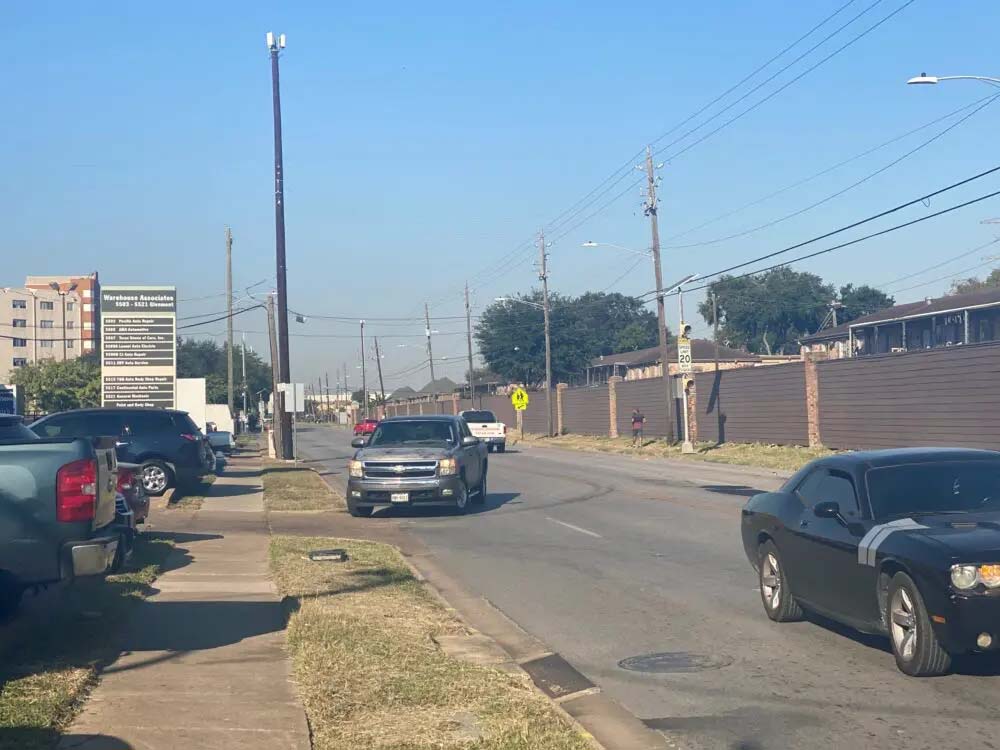From Houston Public Media:
Sandra Rodríguez stood on the corner of a busy intersection in southwest Houston’s Gulfton neighborhood, gesturing at the vast array of concrete.
“This is a perfect location to really show the lack of trees, the lack of shade, and the amount of traffic,” she said.
Next to a gas station, a sign on a pole indicates there’s a bus stop. But there’s no bus shelter and no trees down the long stretch of sidewalk.
Rodríguez, who’s now the president of the Gulfton Superneighborhood Council, lived in Gulfton for 40 years. Like many residents in the majority immigrant community, she used to get by without a car and knows how brutal the summer heat can be.
“I used to ride Metro all the time and walk the streets all the time when I didn’t have a vehicle,” she said. “Walking down the street with a stroller, a backpack, a toddler and a baby — it would get pretty hot.”
Houston had one of its hottest summers ever this year, with record-setting temperatures in both June and July. But the heat doesn’t affect every neighborhood equally. Areas like Gulfton that have a lot of concrete and little greenspace can get significantly hotter than other neighborhoods across the county.
A new plan developed by The Nature Conservancy, in conjunction with local leaders and community members in Gulfton, aims to address these disparities. Called Greener Gulfton, the plan contains a series of nature-based projects for the neighborhood designed to reduce heat, mitigate flooding, and increase access to nature in the community.
















